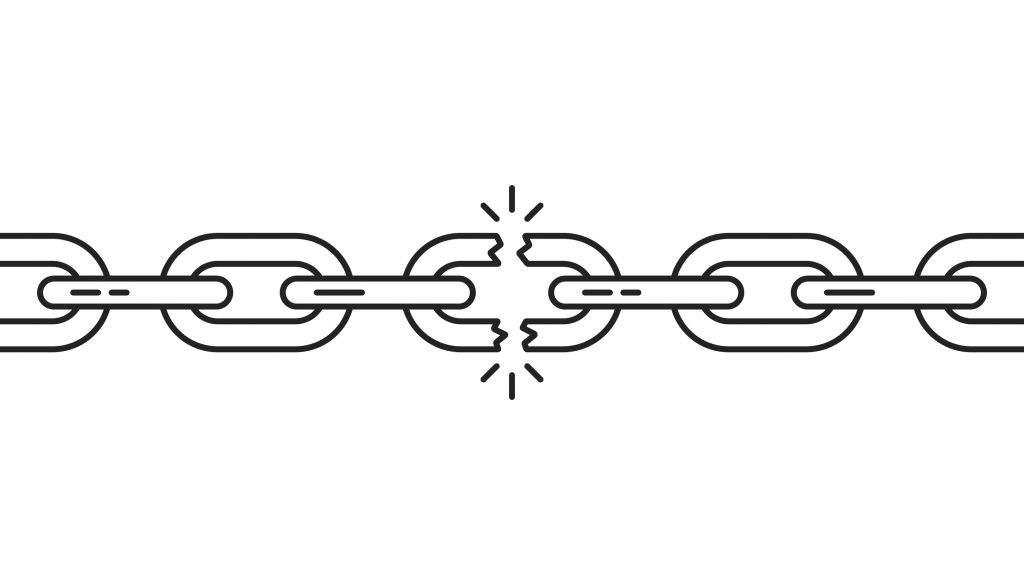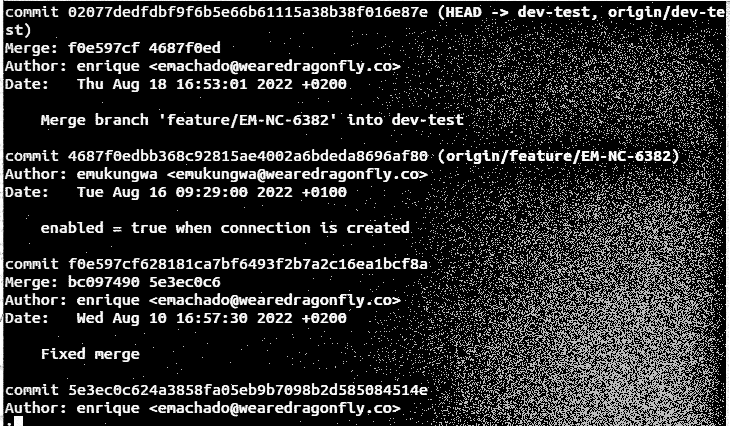This post will emphasise continuous integration from a Test Automation Engineer’s point of view and explain the benefits that are achievable with it. Continuous integration is a game-changer for increasing the effectiveness of Test Automation at every step in the software development pipeline. Continuous integration adoption brings new opportunities into the testing process. For many, the cornerstones in that process are the cucumber reports.
Continuous Integration was initially a development methodology, automating the process of building software. However, this is improved where Test Automation Engineers commit changes to test automation source code into the same, shared repository. The benefit is that it enables teams to find and resolve issues as early as possible in the development process – the tests run as soon as the code is ready. Integrating tests like this has quickly become a best practice method, because of how much it improves efficiency.
What tool should you use?
There are many tools that teams can use to implement continuous integration. One of the most popular ways to implement this method is by using Jenkins, which is an open-source automation tool written in Java. It has a super extensive plugin ecosystem. Its architecture lends itself to extensibility and innovation. You will also find many options when it comes to features, variety overall and the support of third-party tools. If your task includes extracting the result of Cucumber tests, you definitely should try the Neuro Cucumber reports plugin.
Using Jenkins, test engineers can spend less time and effort on testing or managing test automation. Since Jenkins is free, easy to use and user-friendly, test engineers are able to get up and running quickly. They can schedule and run test automation cases when they are ready or based on triggers, and then dedicate their time to other tasks.
Also Read: The Power of JIRA for Project Management
Why Jenkins?
Jenkins provides both test summaries and information on test results as cucumber reports. On the test result “graph”, users can see how test results look like over time and gain more information on how to move forward. Test summaries give specific information on the number of tests, how long they took to execute and other information that can play a role in total productivity.
Understanding the cause of a test failure is critically important for test engineers. Jenkins provides details on a test failure to give testers more detailed information. Using Jenkins, you can easily access to the details on a test failure in one click. Once you navigate to these details you will find the error or failure message and information about the test failure. This gives test engineers the opportunity to sort out complex issues they may not have seen before testing.
Jenkins is a great choice if you are ready to jump into test automation. It works well with the continuous integration methodology and helps your team complete the testing process more quickly and produce beautiful cucumber reports easily. There is a reason why Jenkins is one of the most popular continuous integration tools with test engineers! It packs everything that companies needs to support test automation into one highly functional tool.
Also Read: What is value stream management?
Automating testing empowers your team and allows them to be more confident in the work that they do because they can quickly see the results. When you couple that with the fact that Jenkins continues to evolve to keep up with the industry, its a no-brainier to go this route.
You might also be interested in our blogs on jira dashboards, xray dashboards, or zephyr dashboards.



